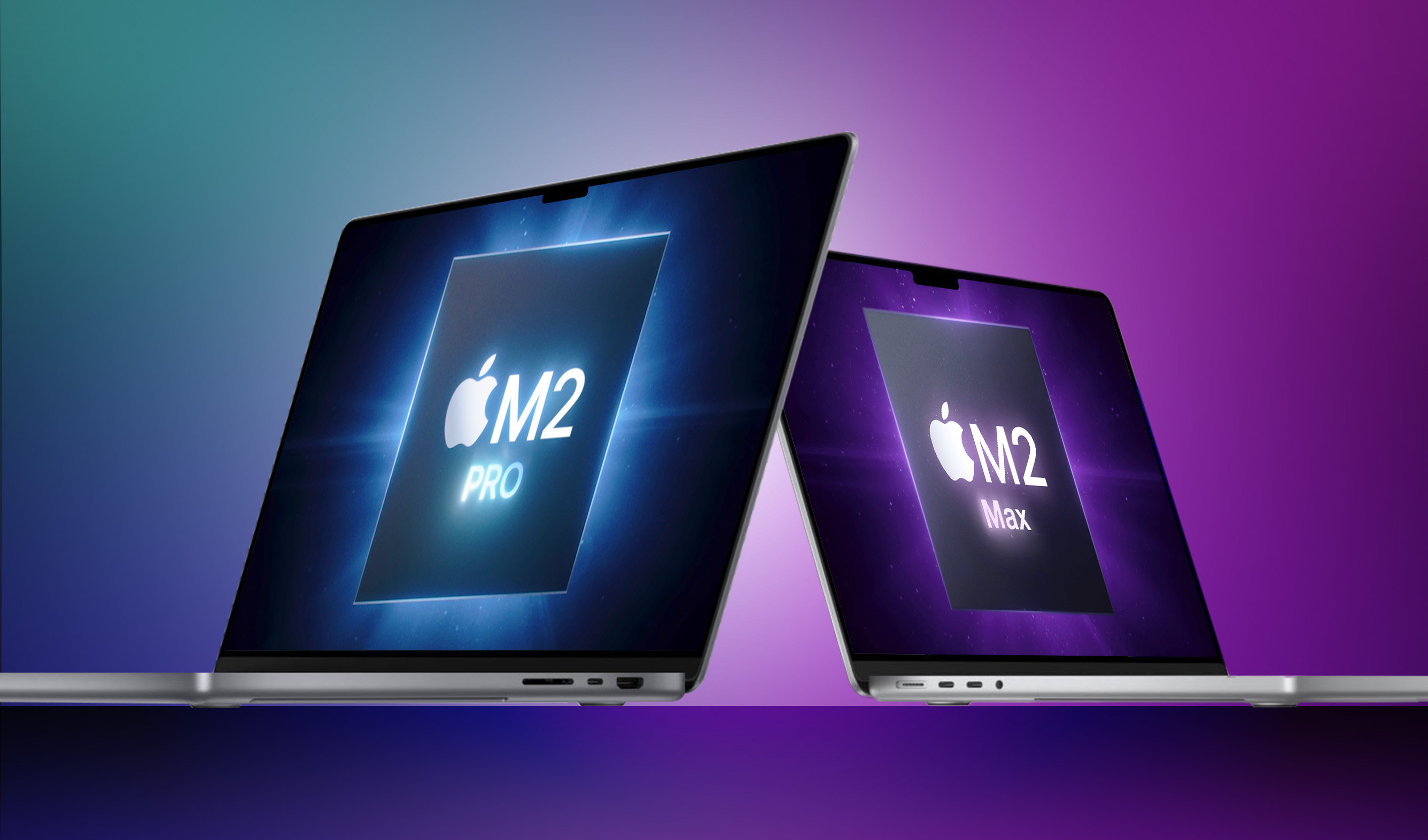Oof.The Dell XPS OLED is 500 nits. More than enough for the average user.
What about power per watt? Mag Safe?
Oof.The Dell XPS OLED is 500 nits. More than enough for the average user.
Oof.
What about power per watt? Mag Safe?
Are you sitting infront of a laptop staring at the magsafe or the actual screen? I rather choose the screen quality over a charging port. Which DELL XPS does absolutely fine job charging the laptop without any issues.Oof.
What about power per watt? Mag Safe?
Are you sitting infront of a laptop staring at the magsafe or the actual screen? I rather choose the screen quality over a charging port. Which DELL XPS does absolutely fine job charging the laptop without any issues.
In this video you will see that the OLED Dell XPS beats out the Mini LED Macbook Pro with flying colours!!
Okay, so there seems to be a LOT of misunderstanding about what mini LED is. Even reviewers on some technical sites and YouTube channels are confusing it with micro-LED, in which each pixel is a separate source of light.
Mini-LED in the 14 and 16in MBPs is purely a type of backlighting. Other than this, the 14 and 16-in displays are standard IPS LCD panels – just like Apple's been using for years.
The mini-LED backlighting makes a huge difference, though, and allows for HDR content display. Apple's implemented it in an amazing way. To be honest, I personally think OLED is inferior to a good IPS LCD with mini-LED backlighting when it comes to laptops, but it's a situation where it's down to personal taste or personal requirements.
But to call a video "OLED vs mini-LED" makes no sense. It should be "OLED vs mini-LED IPS LCD".
🤷You can call it whatever you want. It's the same thing. Dell XPS OLED display is a clear winner at the end.
I don't know how many times I have to say this, but I want to see Face ID and Ethernet ports on the new MacBook Pro laptops. Face ID would make unlocking the computer and using Apple Pay much simpler, and since many people use laptops in lieu of desktop computers, having an Ethernet port would provide a much more solid and stable network connection while at a desk or in a fixed location. Wi-Fi is great for use while moving around the house, or for sojourns at coffee shops or at other hotspots, but for any serious computing, including videoconferencing, Ethernet provides, and will always provide, a more robust connection.
Apple's next-generation 14-inch and 16-inch MacBook Pro models will feature new chips, but few other changes, according to analyst Ming-Chi Kuo.

In a post on Medium today, Kuo said Apple has lowered its fourth quarter shipment forecast for the new MacBook Pro models by 20% to 30% before mass production of the notebooks begins due to lower than expected demand. Kuo said signs of a recession and fewer people working from home are two reasons for Apple's reduction in orders, while "limited new selling points" for the new MacBook Pro models may also impact demand.
"The main upgrade of the new 14-inch and 16-inch MacBook Pros is only the adoption of new processors," wrote Kuo, in the Medium post. "The limited new selling points may also result in lower-than-expected demand."
It's unsurprising that few changes are planned for the new 14-inch and 16-inch MacBook Pro models given the notebooks launched with a significant redesign in October 2021 that included a notch at the top of the display, the return of ports like MagSafe and HDMI, and more. MacBooks often go multiple generations between major hardware changes.
The new 14-inch and 16-inch MacBook Pro models are expected to be equipped with Apple's M2 Pro and M2 Max chips, which Kuo believes will remain 5nm. Apple is expected to hold an event in October focused on new iPad and Mac models, but it's unclear if the new MacBook Pro models will be announced at that event or at some point next year.
Article Link: Kuo: Next 14-Inch and 16-Inch MacBook Pro Will Have Limited New Features

